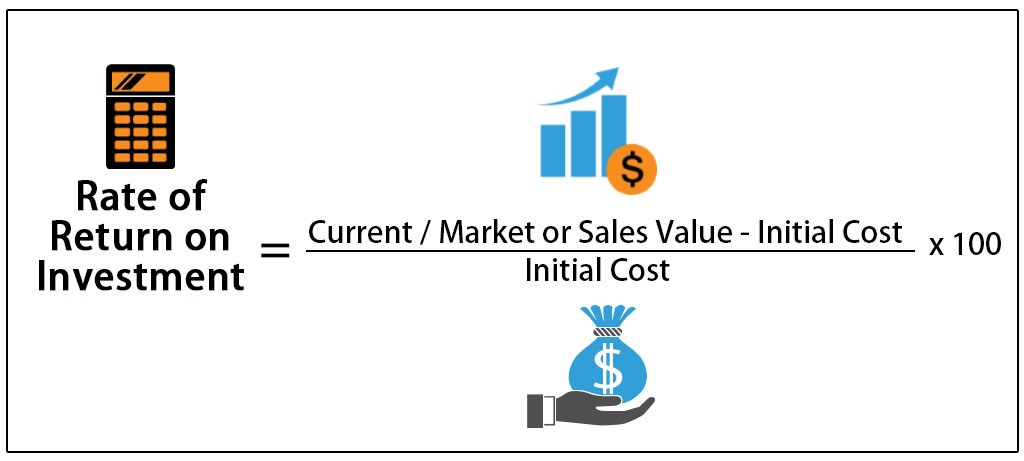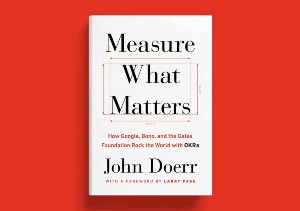To make informed financial decisions, the company’s managers must understand what benefits a business will receive if it invests money into a specific project. In this context, developing a custom CRM system is not an exception. Organizations usually spend a considerable amount of resources to build a robust solution explicitly tailored to their needs. But what can they expect to receive in return?
In this blog post, we’ll explain how to quantify a positive effect from the CRM implementation. We’ll also list the core metrics you should pay attention to if you want to calculate ROI from building a bespoke CRM solution.
What is CRM ROI?
Simply put, ROI shows the efficiency and profitability of investments. The general formula looks like this:

Image credit: wallstreetmojo.com
The net profit is the difference between the amount gained and the amount spent while the cost of investment includes the price of a product or service plus other related spendings (e.g. costs of renovations). So, let’s say, you sell used vehicles. If you’ve bought a car for $15,000, spend $5,000 on its repair, and resell it for $32,000, your ROI will amount to 85%.
Doesn’t seem very hard, does it? Actually, when it comes to software products like CRMs, the situation is a bit more complicated. Besides improving financial indicators such as revenue, they also bring a lot of non-financial benefits. For instance, these systems may enhance productivity, increase customer satisfaction, and make routine tasks easier for a sales team. Although it may be difficult to accurately measure such benefits, they have a significant impact on a business and cannot be ignored.
How to calculate ROI from custom CRM development
To determine the value of a CRM system, you need to have reliable data and the list of metrics to be assessed. The exact set of elements on such a list will depend on the type and goals of a particular solution. Ideally, a company should define it at the pre-development stage, i.e. when decision-makers decide what results they expect to receive after CRM implementation. But if it wasn’t done, you may think about the processes covered by CRM functionality and important metrics related to them.
By its essence, calculating the ROI of CRM is a mere comparison of pre-CRM metrics with post-CRM metrics. So it’s critical to start collecting data a few months before new software is introduced. This information may also help you define bottlenecks you didn’t know about and include additional features in a CRM to eliminate them.
The right timing is another essential aspect of CRM ROI calculation. It’s better to wait a few months before measuring post-CRM metrics. The first weeks usually don’t show any real changes since employees need to learn how to use the system. Of course, you may conduct some training to accelerate the process. But the collection of enough amount of data allowing you to make objective conclusions will still take some time.
Key metrics for calculating CRM ROI

As mentioned, defining a list of metrics is a matter of personal choice since it depends on the specifics of a particular business and the nature of a custom CRM solution. But here are some common indicators most companies want to measure.
Overall revenue
Earning more money is the ultimate goal of any business activity. Although it might be indirect when it comes to custom CRM development, monitoring how the revenue has changed since the system was implemented is vital for understanding the big picture. Besides, some other factors may influence this metric during the same period, so the increase in profit cannot be attributed to new software alone. However, you’ll still be able to see the general correlation, especially if you collect the data for several times in a row.
Revenue per lead
A custom CRM system will help your employees get more information about leads and score them more accurately. This will allow your team to pay more attention and time to those contacts who can potentially bring more revenue to a company. In addition, having comprehensive data about every lead will let your sales reps take a more personalized approach to selling. As a result, they’ll work more efficiently that will lead to higher revenue and fewer unqualified leads.
Cost per lead
The same logic applies to a cost per lead indicator. Quality data about potential customers gives you an opportunity to acquire more leads with less effort. To measure this metric, you should take into account all the resources a company put into producing a lead. This may include the cost of paid ads and content marketing, the number of hours spent by your employees, etc.
Productivity
Measuring productivity will allow you to see if a new CRM system makes mundane tasks easier for the company’s staff. But employees’ satisfaction isn’t a primary goal for tracking this metric. Organizations need to know if a custom CRM improves the speed and effectiveness of task performance to calculate the number of human resources it requires to meet its business objectives. In the best-case scenario, a CRM solution should help teams complete more work in less time. The choice of particular criteria depends on the company’s activity. For example, it can be the number of sales calls employees make or the number of emails they send per day.
Putting it all together
Intuitively, you may know that building a custom CRM system will benefit your organization. But you also need hard numbers to see the tangible results that the company gets from its investments. Overall revenue and revenue per lead, costs needed to generate new customers, and employees’ productivity are just several universal metrics you may take into account. On top of that, we recommend monitoring qualitative implications such as customer loyalty.
Ready to make your business more efficient with a custom CRM solution? Reach out!






